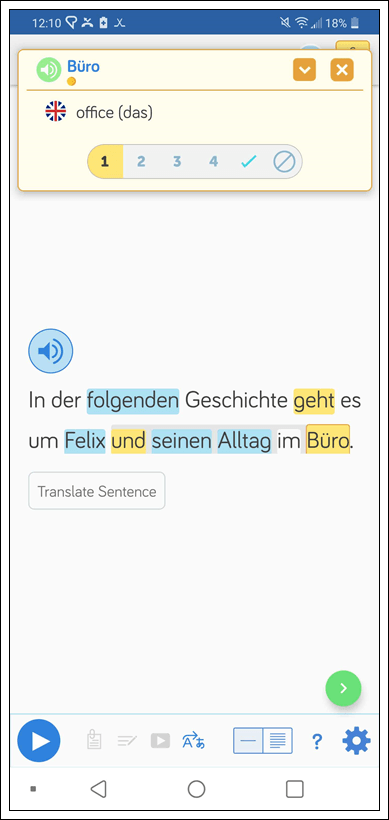Understanding German Sentence Structure
Is German hard to learn? I mean, linguists tell us that the European languages are pretty much all closely related to one another.
But how can that be the case when English puts its verb in the logical spot, while German puts its verb all the way at the end of the clause sticks?
And if we a couple of helping verbs have, then probably will we all these verbs at the end of the clause place have to!
Okay, enough of this.
But it just goes to show that German sentence structure is something you can’t expect to master in your sleep.
In this post, we’ll unravel the web a little bit and show you just what’s going on inside a long and winding German sentence.
German sentence structure
The Verb Comes Second
You can think of a German sentence as being broken up not into individual words, but into elements.
Der alte Mann sieht das junge Kind.
The old man sees the young child.
As you can see, these elements often correspond quite neatly with their English counterparts. We could add as many adjectives as we wanted before der Mann and it would still stay red, as it’s the subject of the sentence.
Even when we ask a question, the verb still has to take second place, even before the subject. English actually still follows this rule – we just put a “dummy verb” (do) in that second position.
Wie schreibt man einen Aufsatz?
How does one write an essay?
Really Long Adjectives
Remember when I said we could add tons of adjectives between der and Mann? We can even add entire clauses! This is something we can’t do in English at all.
Der in dem Bett schlafende Mann hat braune Haare.
The man sleeping in the bed has brown hair.
(The sleeping-in-the-bed man has brown hair.)
We’re basically turning a relative clause into an adjective by placing it in the adjective position and sticking an adjective ending on the last word.
This can be used to stunning effect in German literature, but it really makes for a confusing read!
Piles of Verbs
In a relative clause following “because” or a relative pronoun “that” or “which,” the verb moves to the end of the clause.
… along with all of the helping verbs in that clause.
Es ist sein Schuld, weil er lauter gesprochen haben sollte.
It’s his fault, because he should have spoken louder.
Remember, only conjugate one of these. Think about the English sentence: he should... That tells you to only conjugate sollen in the German sentence.
This article has really only been a brief taste of some of the complexities of German sentence structure.
But simply reading articles about German isn’t going to teach you to speak it well.
For that, you’ve got to read things in German, along with your other studies of course.
Where to find German material to help you study
If you want to access 100s of hours of German content to help you improve your listening and reading skills, then check out LingQ.
Using LingQ is the best way to learn German online because it lets you study using content you love. This includes YouTube videos, music, podcasts and much more.
Not only that, but there’s a variety of material perfect for beginners such as German mini-stories and other lessons that have been professionally transcribed and recorded.

By reading, you’ll start to recognize patterns and learn the ins and outs when it comes to German sentence structure. Also, by using content you enjoy, this will help you stay motivated and interested in studying.
Check out LingQ today and start learning German today.
***
Bio: Alex Thomas has visited Germany more than five times in the past four years and cannot wait to return. He enjoys obscure German garage rock music.


